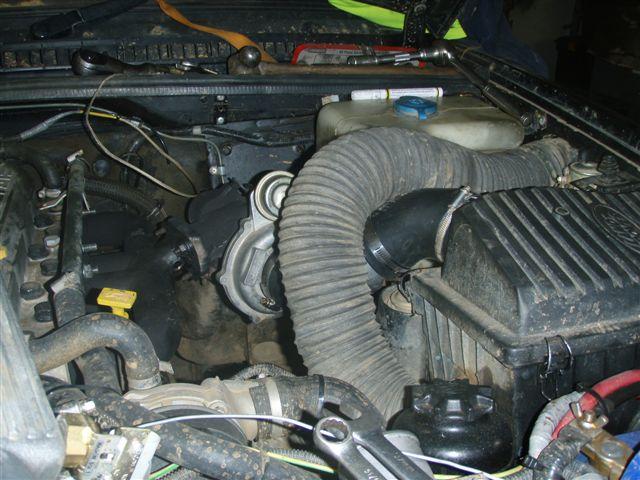The engine has a Brake Specific Fuel Consumption (BSFC) - this is the fuel rate to make power (in imperial units: lbs/hp hour, in metric units: g/kW hour). For most diesel engines it is in the order of:
0.36 for a turbo and intercooled diesel
0.38 for a turbo, non-intercooled diesel
0.42 for a non-turbo diesel
With a diesel the air/fuel ratio at the smoke limit is approx 18:1. So when determining how much air is required when selecting a turbo, it is best to aim for 22:1.
So you can then pick what power you want to make.
Use the BSFC (if you have a known value for the particular engine, that is best, otherwise use figures above). Note: the fuel injection pump needs to be able to deliver this fuel rate, or change your power expectations.
Then you can than calculate the mass flow of air required using the air/fuel rate above. It may be necessary to convert mass flow to volumetric flow, depending what is used on the available compressor maps.
The boost pressure required corresponding with the required mass flow of air is a function of engine displacement, engine rpm, volumetric efficiency, Gas Law Constant and the air temperature at the compressor outlet.
Volumetric efficiency is usually greatest (88% to 95% for modern 2 valve engine) at the rpm where the engine makes maximum torque, and reduces similarly to the torque curve at different rpm's.




 Reply With Quote
Reply With Quote







Bookmarks